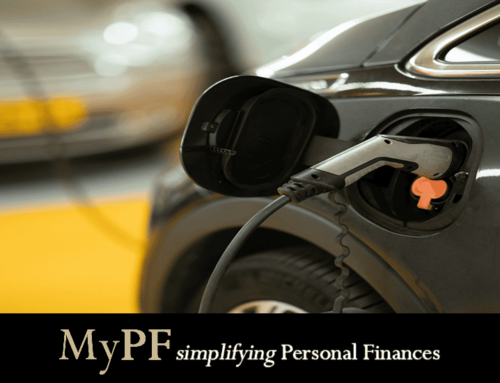If you suddenly have to leave home for good in a hurry, do you have your irreplaceable documents prepared? 
In the unexpected face of an unforeseen disaster, would you and your family be prepared to run out of your home with nothing but the important stuff? But, what exactly is counted as important? Where would these items be stored? Why should you even bother? Who should be placed in charge?
Contents
1. Why Should an Evacuation Box Be Prepared?
An evacuation box, or a go bag, is a container that holds irreplaceable necessities you would want to take with you if you had to suddenly leave your home for good. It should be small enough to be easily carried yet large enough to securely contain all the necessary items.
An evacuation box should be prepared because disaster can strike at any moment. This example shows a fire can spread through a two-storey house in less than 5 minutes. In this and in other similarly devastating and sudden circumstances, it is necessary for us to move as quickly as we can to save ourselves. There is no extra time to run around gathering our belongings.
However, we do not want to escape with our lives, only to discover we have lost everything that would help us get back on track. Therefore, having the foresight to prepare an evacuation box that is easily grabbed and contains irreplaceable documents is a sensible action plan that you and your family can execute now.
2. What Should an Evacuation Box Contain?
In any household, there would be plenty of paperwork and important documents. Sift through and identify what are the ones you very certainly need to save even if everything else in your house is burnt to ash. What are the ones you can store electronically versus what are those that you would prefer to have physical copies of?
Although your box holds only physical copies, make sure the documents you have earmarked for electronic storage are indeed scanned and saved in a secure electronic medium.
Some suggestions of paperwork to consider storing either electronically or in your box are:
- Identification – Copies of your MyKad, copies of your Malaysian Driving License, current and expired Passports
- Certificates – Birth certificates, marriage certificate
- Insurance – List of insurance policies, copies of your insurance medical cards
- Financial – List of bank account numbers, FD certificates, details of loans being serviced
- Contracts – House deed, car grant, last will and testament
Besides the above which are mostly formal documents, there are some less formal but equally necessary items to consider adding to your box:
- Medical – List of medication (generic names, chemical names), medical instructions
- Contacts – List of names and numbers of people you can reliably count on when you need help, insurance agent, investment banker, family doctor
- Cash – Enough to last for some days before your emergency contacts can help you out
- Irreplaceable mementos – a few tokens that you need for emotional strength
In addition to the above, you could also add these basic supplies to your box, but it will make your box a lot heavier and bigger, so think well about your needs.
- Dry/canned food – Basic food items with long expiry date to sustain you if needed.
- Sanitary products – Some travel sized toiletries, women’s products and babies’ products if required, face masks, and hand sanitizer
- Something bright – A brightly colored cloth or reflective jacket. To attract rescuers attention.
- Water – Bonus: you can reuse the bottle after the water has been drunk and you have a clean water source.
Once you have gathered all the necessary items, put them in a waterproof container or backpack that will be your evacuation box. It should be big enough for everything yet convenient enough for even a child to grab and run with. A sturdy plastic box with a well-fitting lid is a good option.
3. Where Should Your Evacuation Box Be Kept?
Keep your box discreetly in a convenient location. Discreet because you would not want just about anybody chancing upon your family’s personal details willy nilly. Convenient because it needs to be somewhere easily accessed when you and your family are evacuating your home. Perhaps on an empty shelf in a cabinet in your living room, or just under a table beside your balcony door. Think of your possible evacuation routes within your home and find a good spot. When your lives are at risk, every second counts.
4. Who Should Be In Charge?
Everyone in the household has a role to play. As soon as your children are old enough, it is good practice to explain emergency evacuation procedures, and that includes grabbing the evacuation box. Explain to your family that their lives are more important but when possible it is important to grab the box on their way out of your home.
Do involve your spouse, children, and other family members in your household when reviewing the contents of the box. In this way, they learn what to add to the box (e.g. new medicines) and also learn to appreciate the importance of grabbing the box in an emergency. Together, the entire household can keep track of the important details and together you can be better prepared for any emergency evacuations.
What other items would you add to your evacuation box? Do share your thoughts with us in the comments below.







is it okay if we bring a lot of money (cash in hand)?